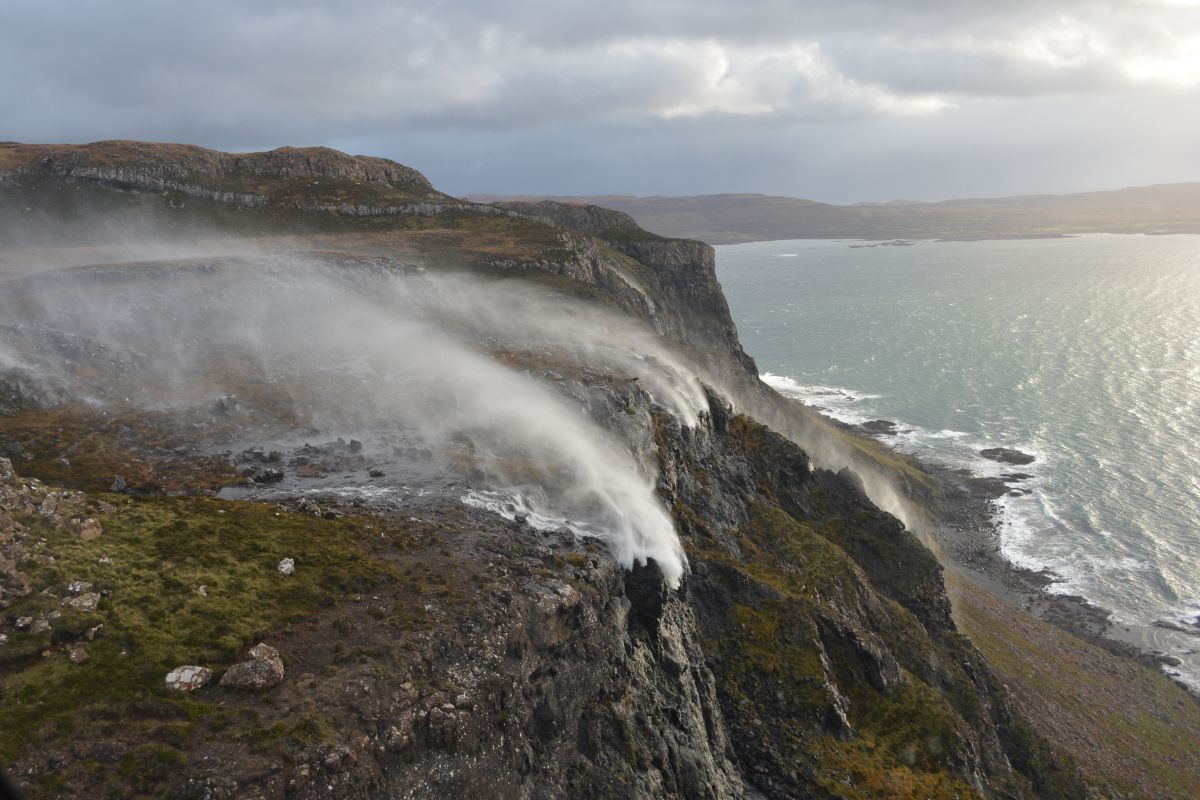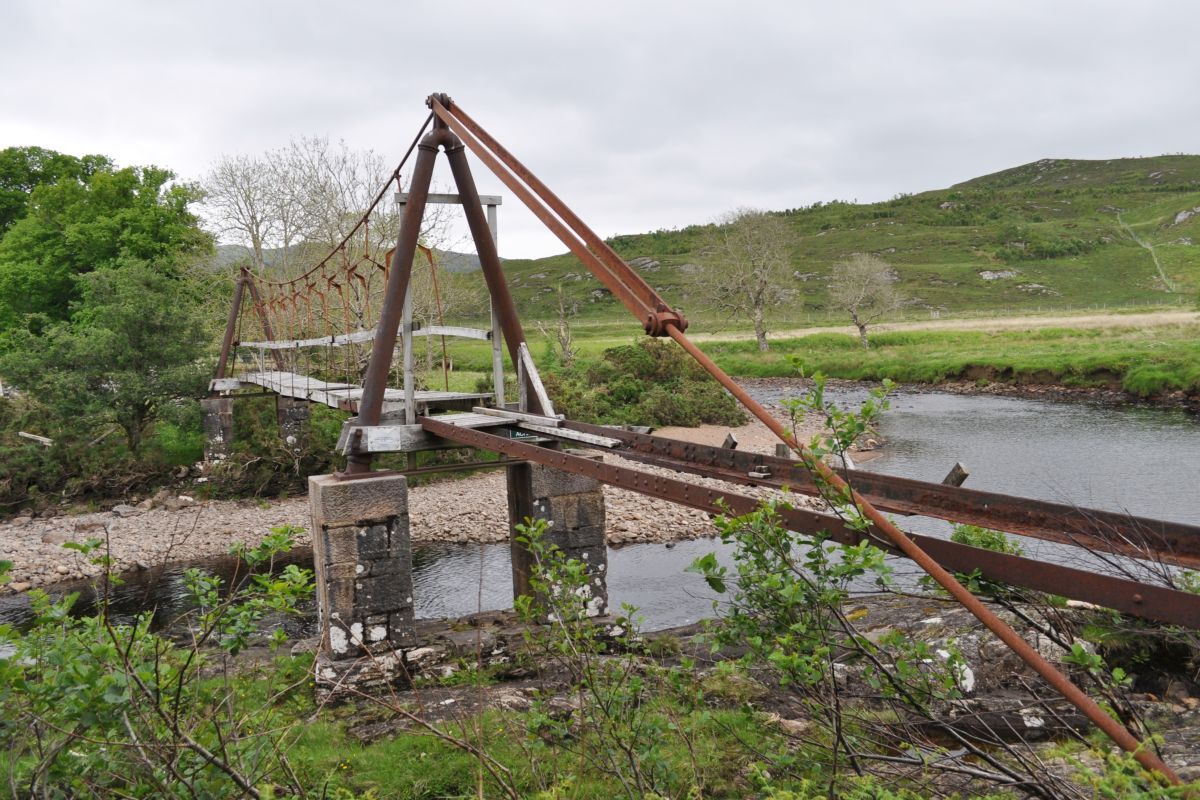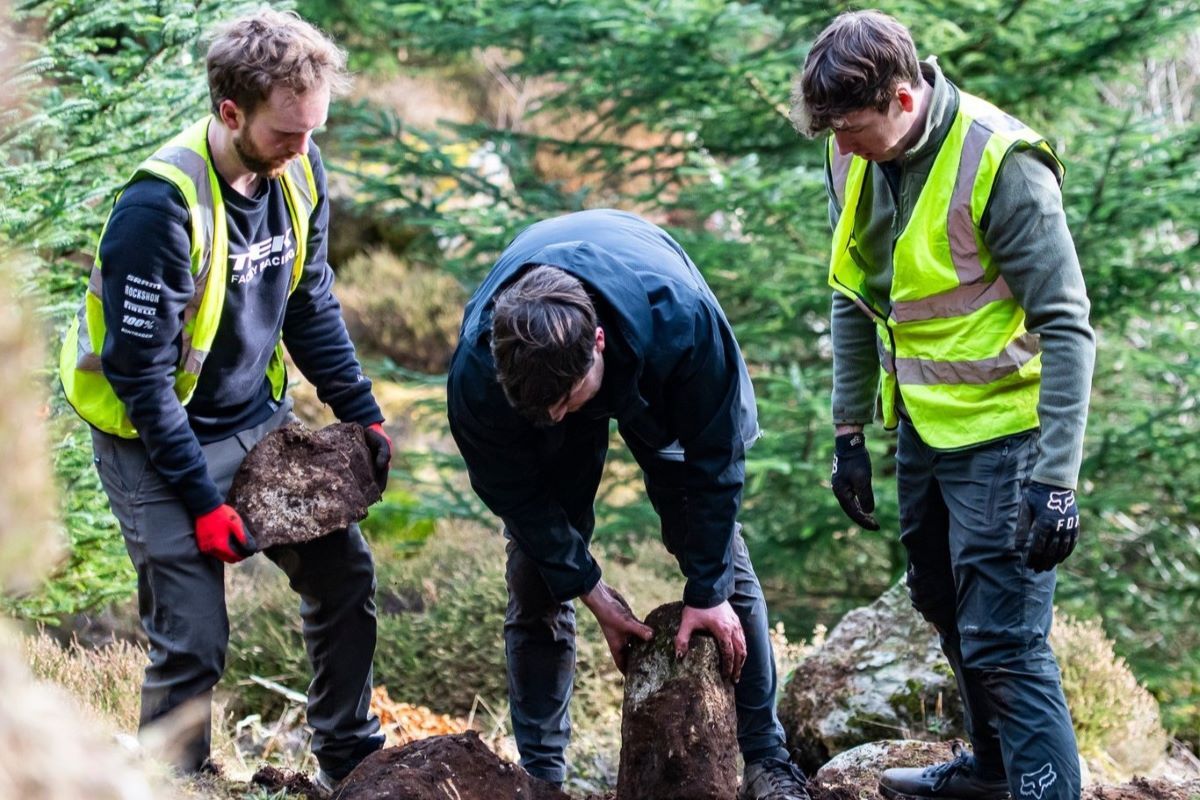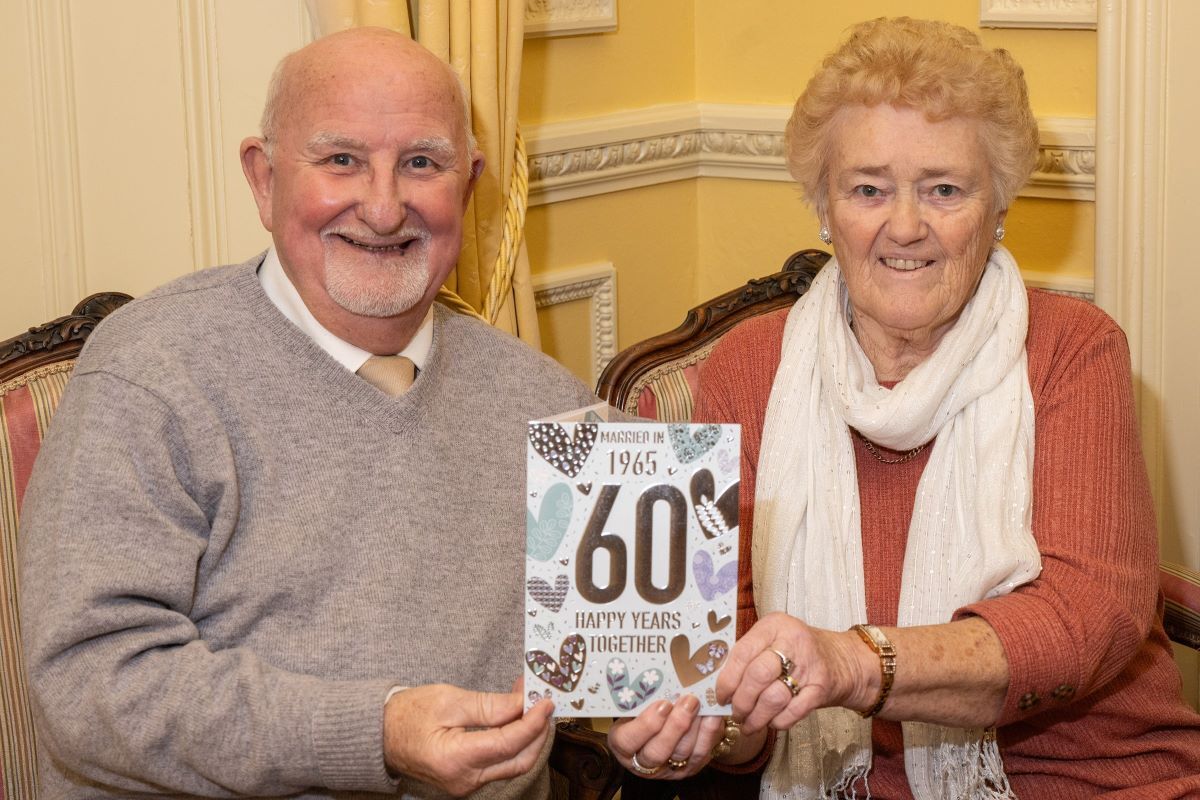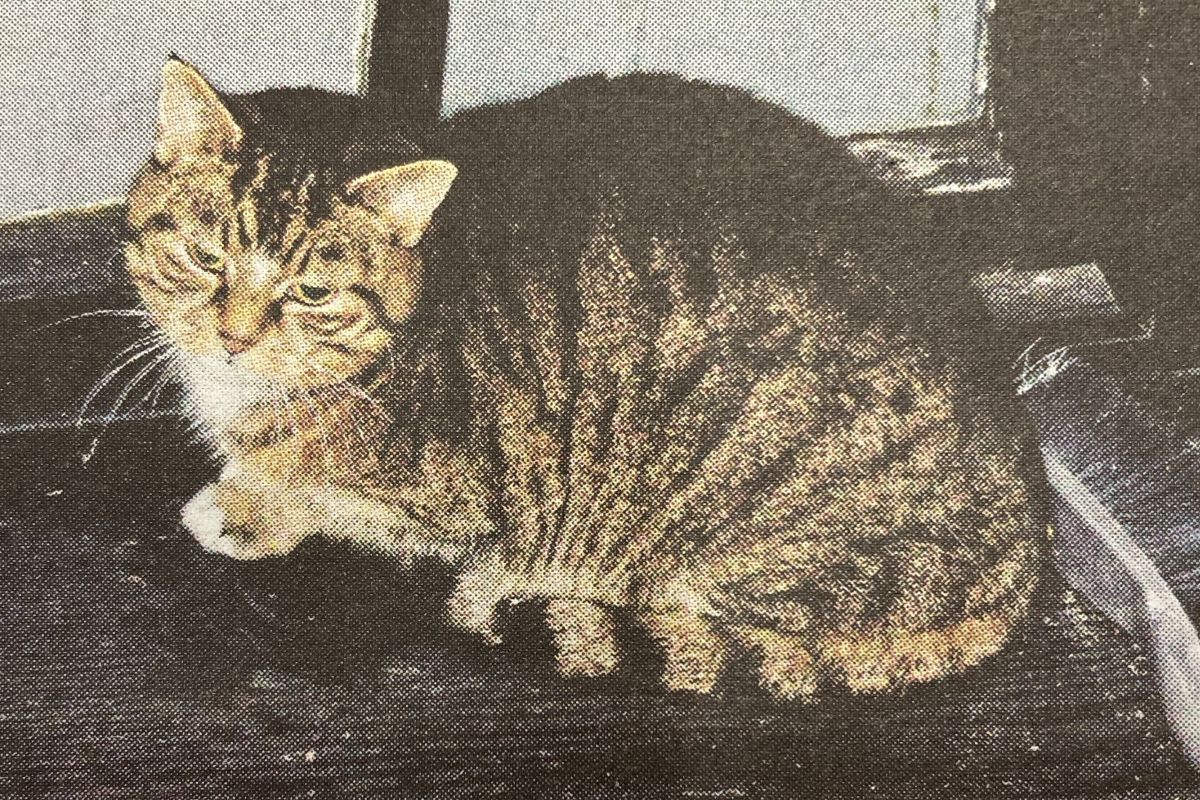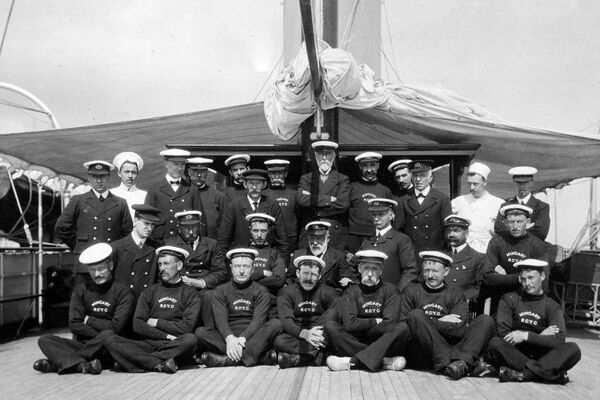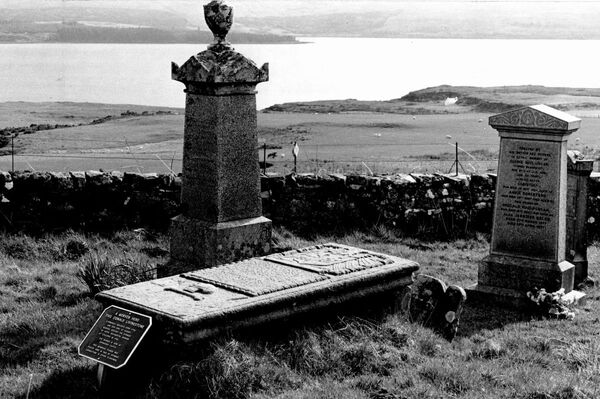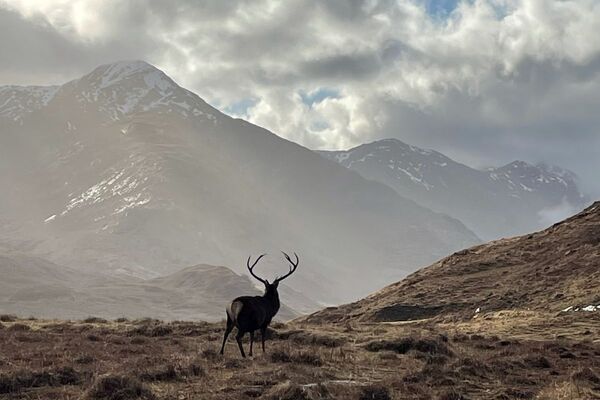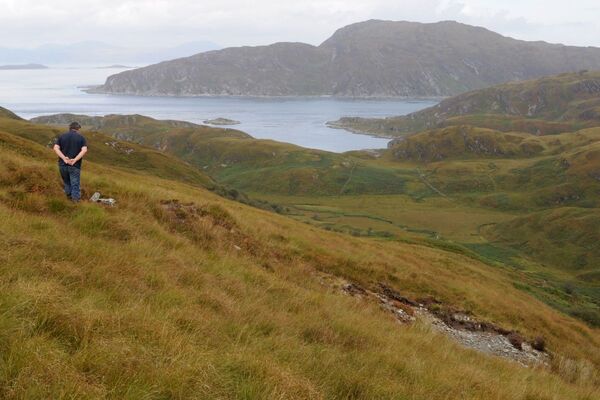It rained and rained and rained
If there is one subject that binds us together in the Highlands it is the weather.
Hardly a conversation begins without someone saying “It’s a lovely day”, or, unless you happen to own a hydro electric scheme, “when is it going to rain”? A fact of life well-illustrated in the following ditty:
It rained and rained and rained
The average fall was well maintained
And when the tracks were simply bogs
It started raining cats and dogs
After a drought of half an hour
We had a most refreshing shower
And then most curious thing of all
A gentle rain began to fall.
Or, as it is often said in Morvern, “If you can’t see Mull, it’s raining and if you can see Mull, it’s going to rain”.
The first known rainfall records were kept by the ancient Greeks about 500 BC. The readings were correlated against expected growth and used as a basis for agricultural taxes. The longest systematic rainfall record in the world is that for Kew Gardens in London which go back to 1690. In Scotland records began at different times and in different places until around the 1850s when some standardisation of equipment and measurements was fixed.
Fifty of so years ago most landowners in Lochaber had Met Office approved, manual weather stations. These, as often as not, were generally cared for by their resident gardeners and gamekeepers who would turn out every day, Sunday included, rain or shine to check them.
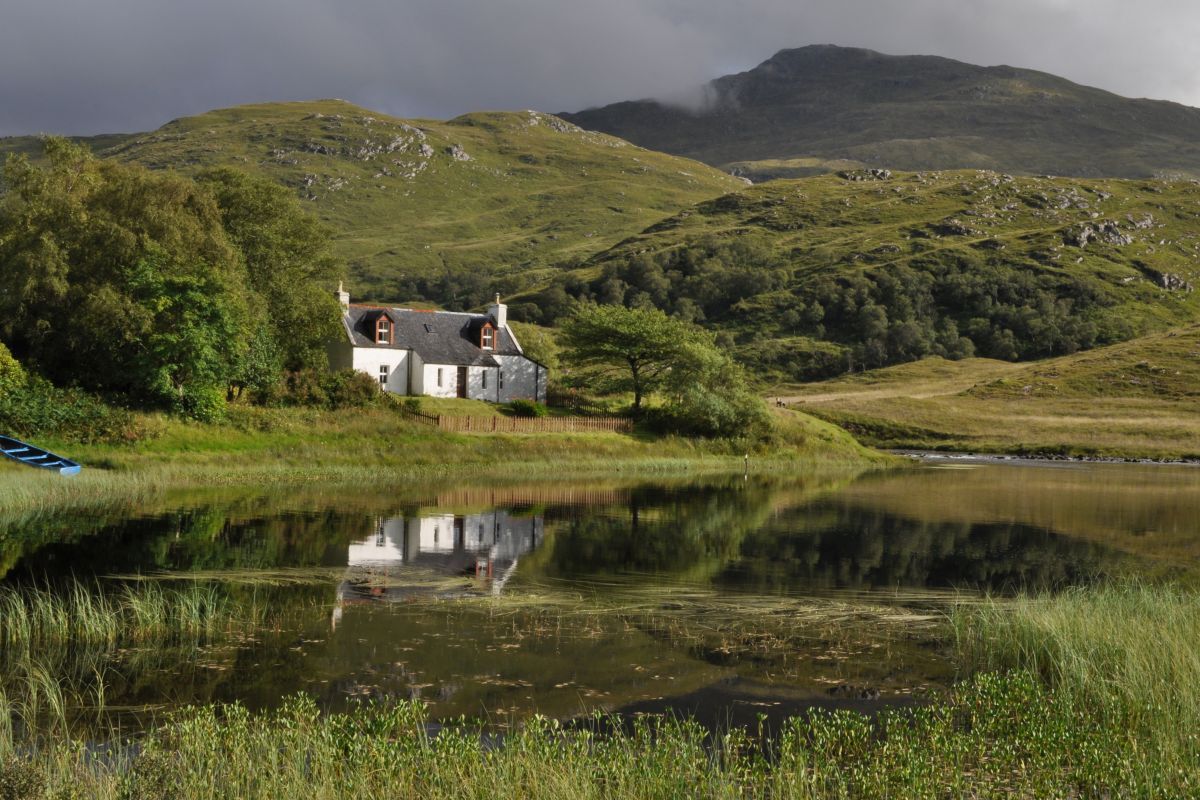
One of the longest-running weather stations in this area that I know of was at Ardgour. It was established in 1890 by Alexander MacLean of Ardgour near Ardgour House and looked after by head gardener Alexander Boyd.
On Alexander’s retirement in 1950, his son, the late Donald Boyd, took over and in 2003 was honoured by Queen Elizabeth II with the MBE. in recognition of his meticulous record-keeping over so many years.
In 1899 Alexander Boyd recorded that one and a quarter inch of rain fell in June that year and three and a half inches in the same month the following year.
In connection with the long service given by father and son referred to above, surely there must be very few families in the West Highlands who can claim such a lengthy association with the same line of lairds as the Boyds, for it possibly went back to close on 500 years.
Tradition states that the Boyds were galley men to the first MacLean of Ardgour who came up Loch Linnhe in the 15th century with a commission from the Lord of the Isles to attack the MacMaster clan and claim their land around Corran. MacLean succeeded although some of the Boyds maintain to this day it was their ancestors who leapt out of the boat and did the business!
An old land transaction dated November 18, 1647, given by John MacLean of Ardgour to his third lawful son Donald, was witnessed by Duncan Boyd, gardener, at Coul, which was the old name for Ardgour House. It is worth mentioning both families still live on the Ardgour estate to this day.
At Inverailort Castle, near the head of Loch Ailort, there was another well-established manual weather station contributing valuable monthly data to the Edinburgh Met Office.
It was last manned and checked daily by the late Miss Barbara Mackintosh, the much-esteemed postmistress of Lochailort and Glenuig who kept records for more than 40 years.
Prior to the Met Office setting up their equipment at Inverailort, the weather station used to be at Arienskill overlooking the River Ailort, once famous for its early spring runs of heavy sea trout and salmon and was cared for by the Arisaig Estate water bailiff.
As a matter of interest, the rainfall at Inverailort in June 2013 was a little over four inches. Similar meticulous measurements are kept at Roy Bridge by Mr Alexander [Sandy] Walker who last year recorded 72.1 inches of rain.
Rainfall data is essential for studying climate and weather patterns. It helps in understanding the distribution, intensity, and frequency of precipitation events, which is crucial for climate modelling, weather forecasting, and studying long-term climate change.
We should be grateful to our local recorders who sacrifice their valuable time to fulfil such an important national role come rain, hail or shine every day.
Rain means bridges and there is no shortage of them in Morvern. Some were built long before horse-drawn carriages arrived in the parish; others, including the new Acharn and Claggan concrete and steel wonders, were designed to carry juggernauts of the modern age. Standing a little way below Acharn and spanning the combined waters of the Black and White Glens, is another bridge reputed by Historic Scotland to be one of the earliest surviving examples of its kind in Europe.
It is a cast-iron and timber, single cable suspension bridge designed by Samuel Barham, the Clerk of Works on Ardtornish Estate who oversaw many of the estate buildings in the late 19th century.
This particular type of bridge is claimed to have first been invented by a German engineer, Fritz Leonhardt, as late as 1960 but estate records show the Acharn one was built in 1892, putting it nearly 70 years ahead of Leonhardt.
Few of its kind have ever been built and for this reason Historic Scotland have declared it a Listed Building and placed it in their second highest category.
The Acharn suspension bridge, which was built to assist fishing guests and children from Acharn attending the nearby Claggan School, is now in a dangerous condition and sadly cannot be used. The good news is the estate owners plan to restore it.
Latest News
JOBS
Business Development Manager - Highland Broadband
Sign up to our daily Newsletter
Permission Statement
Yes! I would like to be sent emails from West Coast Today
I understand that my personal information will not be shared with any third parties, and will only be used to provide me with useful targeted articles as indicated.
I'm also aware that I can un-subscribe at any point either from each email notification or on My Account screen.
You may also like
Super yachts in West Highland waters
Heroes and a hymn from across the Atlantic
The vanishing red deer of the Highlands
Latest News
JOBS
Business Development Manager - Highland Broadband

